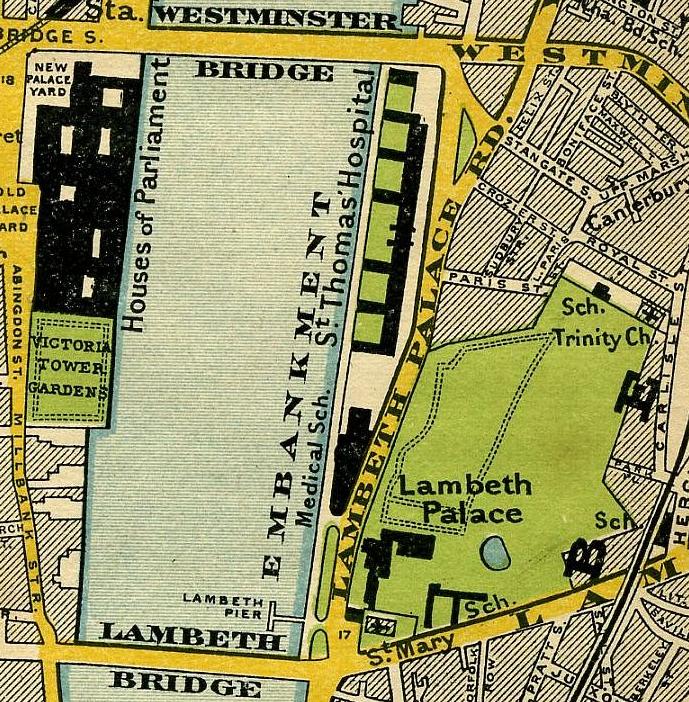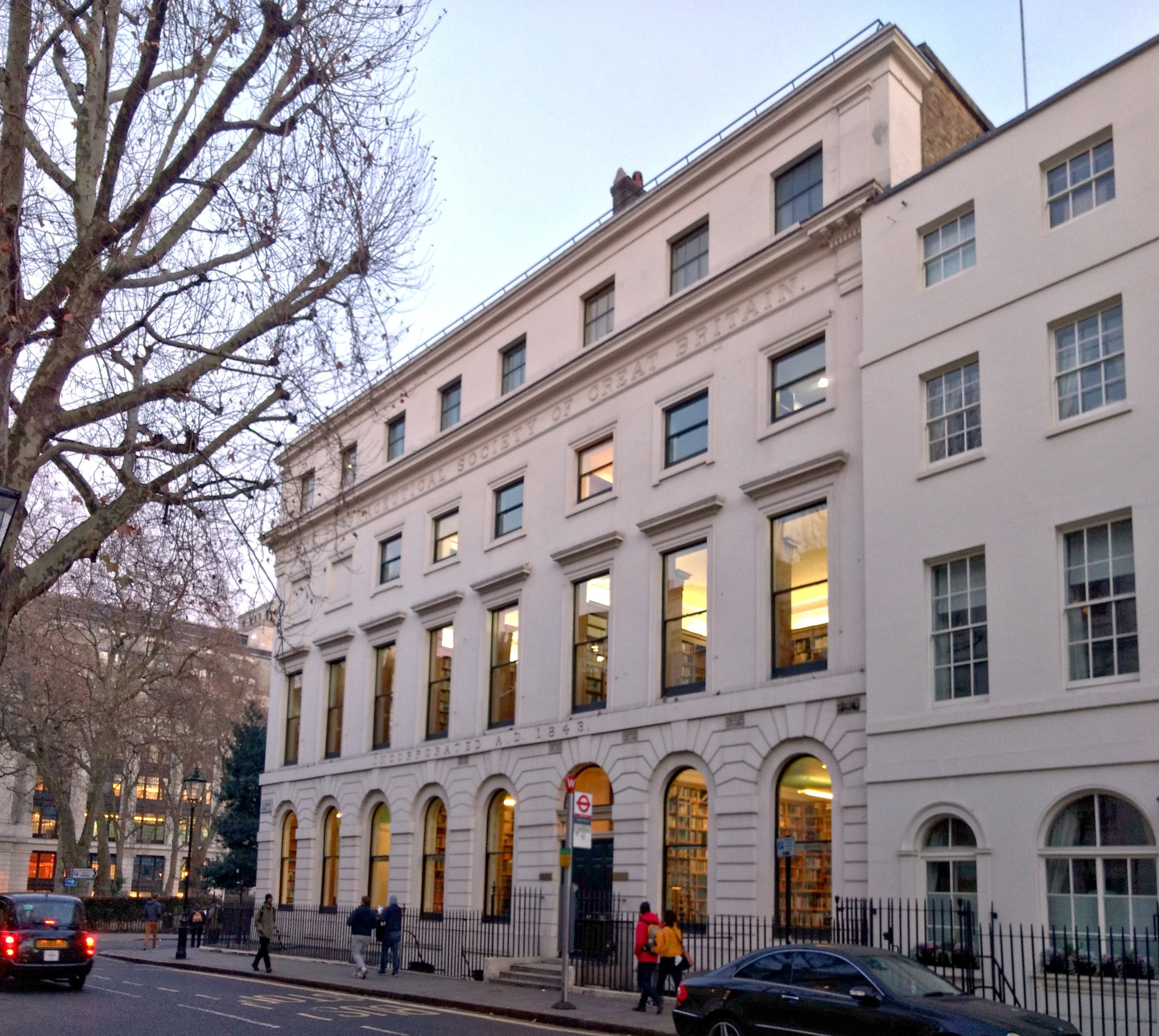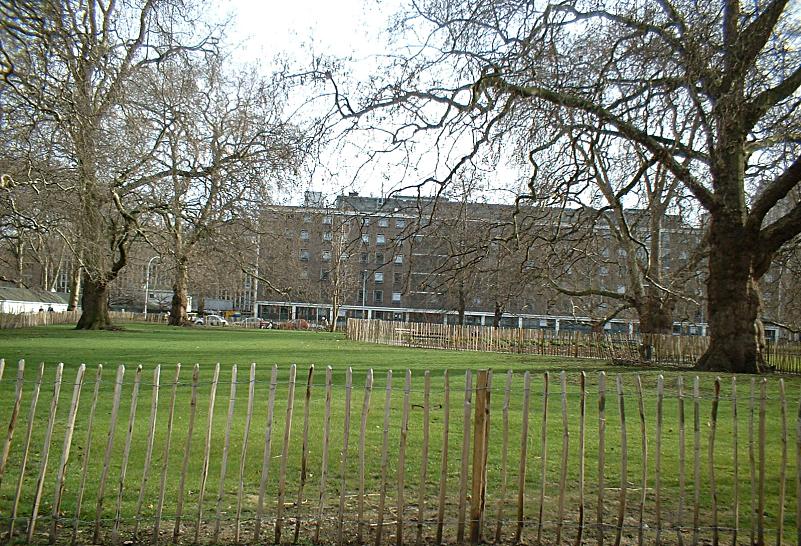|
Mary Clare
Mary Clare Absalom (17 July 1892 – 29 August 1970) was a British actress of stage, film and television. Biography Daughter of George Alfred Absalom, Clare was educated at Wood Green secondary school, first worked in an office but a loan of £50 allowed her to train at a dramatic school and she began her thespian career on the London stage at the age of 18 in 1910, following which she spent two years touring the provinces to appear back in London in "A Posy on a Ring" at the Earl's Court Exhibition Theatre. She made her London West End debut in '' Turandot'' at the St James's Theatre in 1913, following which she appeared in many West End productions. In the theatre, she became one of Noël Coward's "leading ladies" appearing in several of his plays, in particular, '' Cavalcade'' in 1931. In September 1936 she played the leading role in the play ''Laura Garnett'', by Leslie and Sewell Stokes, at the Arts Theatre Club, London and played the lead role of the victim in Ag ... [...More Info...] [...Related Items...] OR: [Wikipedia] [Google] [Baidu] |
Lambeth
Lambeth () is a district in South London, England, which today also gives its name to the (much larger) London Borough of Lambeth. Lambeth itself was an ancient parish in the county of Surrey. It is situated 1 mile (1.6 km) south of Charing Cross, across the river from Westminster Palace. The population of the London Borough of Lambeth was 303,086 in 2011. The area experienced some slight growth in the medieval period as part of the manor of Lambeth Palace. By the Victorian era, the area had seen significant development as London expanded, with dense industrial, commercial and residential buildings located adjacent to one another. By this point, there were distinct localities (like Vauxhall) appearing on the map, and a separate parish of South Lambeth was created in 1861. The changes brought by World War II altered much of the fabric of Lambeth. Subsequent development in the late 20th and early 21st centuries has seen an increase in the number of high-rise buildings. The ... [...More Info...] [...Related Items...] OR: [Wikipedia] [Google] [Baidu] |
Hindle Wakes (1931 Film)
''Hindle Wakes'' is a 1931 British drama film directed by Victor Saville for Gainsborough Pictures and starring Belle Chrystall and John Stuart. The film is adapted from Stanley Houghton's 1912 stage play of the same name, which had previously been filmed twice as a silent in 1918 and 1927. Saville had been the producer on the highly regarded 1927 version directed by Maurice Elvey. Both Stuart and Norman McKinnel returned in 1931 to reprise their roles from the 1927 film. Moat, Janet. BFI Screen Online. ''Retrieved 6 October 2010'' It was shot at the Lime Grove Studios in Shepherd's Bush with sets des ... [...More Info...] [...Related Items...] OR: [Wikipedia] [Google] [Baidu] |
John St John, 11th Baron St John Of Bletso
John St John, 11th Baron St John of Bletso (died 24 June 1757) was an English peer. Biography The son of Andrew St John and his wife Jane Blois, daughter of William Blois of Cockfield Hall, Suffolk, he was a nephew of Paulet St John, 8th Baron St John of Bletso and succeeded his brother Rowland St John, 10th Baron St John of Bletso to the family title in 1722. Lord St John married Elizabeth Crowley (the daughter of Ambrose Crowley) at Greenwich on 6 March 1725. Their children included: * John St John, 12th Baron St John of Bletso * St Andrew St John, Dean of Worcester *Henry St John, a Royal Navy captain Captain is a title, an appellative for the commanding officer of a military unit; the supreme leader or highest rank officer of a navy ship, merchant ship, aeroplane, spacecraft, or other vessel; or the commander of a port, fire or police depa ... *Anne, married in 1761 Cotton Trefusis, mother of Robert Trefusis, 17th Baron Clinton *Barbara, who in 1764 became th ... [...More Info...] [...Related Items...] OR: [Wikipedia] [Google] [Baidu] |
Order Of The British Empire
The Most Excellent Order of the British Empire is a British order of chivalry, rewarding valuable service in a wide range of useful activities. It comprises five classes of awards across both civil and military divisions, the most senior two of which make the recipient either a Orders, decorations, and medals of the United Kingdom#Modern honours, knight if male or a dame (title), dame if female. There is also the related British Empire Medal, whose recipients are affiliated with the order, but are not members of it. The order was established on 4 June 1917 by King George V, who created the order to recognise 'such persons, male or female, as may have rendered or shall hereafter render important services to Our Empire'. Equal recognition was to be given for services rendered in the UK and overseas. Today, the majority of recipients are UK citizens, though a number of Commonwealth realms outside the UK continue to make appointments to the order. Honorary awards may be made to cit ... [...More Info...] [...Related Items...] OR: [Wikipedia] [Google] [Baidu] |
Royal Air Force
The Royal Air Force (RAF) is the Air force, air and space force of the United Kingdom, British Overseas Territories and Crown Dependencies. It was formed towards the end of the World War I, First World War on 1 April 1918, on the merger of the Royal Flying Corps (RFC) and the Royal Naval Air Service (RNAS). Following the Allies of World War I, Allied victory over the Central Powers in 1918, the RAF emerged as the largest air force in the world at the time. Since its formation, the RAF has played History of the Royal Air Force, a significant role in Military history of the United Kingdom, British military history. In particular, during the Second World War, the RAF established Air supremacy, air superiority over Nazi Germany's Luftwaffe during the Battle of Britain, and led the Allied strategic bombing effort. The RAF's mission is to support the objectives of the British Ministry of Defence (United Kingdom), Ministry of Defence (MOD), which are to "provide the capabilities nee ... [...More Info...] [...Related Items...] OR: [Wikipedia] [Google] [Baidu] |
Royal Inniskilling Fusiliers
The Royal Inniskilling Fusiliers was an Ireland, Irish line infantry regiment of the British Army in existence from 1881 until 1968. The regiment was formed in 1881 by the amalgamation of the 27th (Inniskilling) Regiment of Foot and the 108th (Madras Infantry) Regiment of Foot, 108th Regiment of Foot. It saw service in the Second Boer War, the World War I, First World War and the World War II, Second World War. In 1968 it was amalgamated with the other regiments in the North Irish Brigade, the Royal Ulster Rifles, and the Royal Irish Fusiliers, Royal Irish Fusiliers (Princess Victoria's) into the Royal Irish Rangers. History 1881 – 1914 On 1 July 1881 the 27th (Inniskilling) Regiment of Foot and the 108th (Madras Infantry) Regiment of Foot, 108th Regiment of Foot were redesignated as the 1st and 2nd Battalions, The Royal Inniskilling Fusiliers, respectively.Frederick, pp. 259–60. In 1903 the Regiment was granted a grey hackle for their fusilier raccoon-skin hats to comm ... [...More Info...] [...Related Items...] OR: [Wikipedia] [Google] [Baidu] |
Bloomsbury
Bloomsbury is a district in the West End of London, part of the London Borough of Camden in England. It is considered a fashionable residential area, and is the location of numerous cultural institution, cultural, intellectual, and educational institutions. Bloomsbury is home of the British Museum, the largest museum in the United Kingdom, and several educational institutions, including University College London and a number of other colleges and institutes of the University of London as well as its central headquarters, the New College of the Humanities, the University of Law, the Royal Academy of Dramatic Art, the British Medical Association and many others. Bloomsbury is an intellectual and literary hub for London, as home of world-known Bloomsbury Publishing, publishers of the ''Harry Potter'' series, and namesake of the Bloomsbury Group, a group of British intellectuals which included author Virginia Woolf, biographer Lytton Strachey, and economist John Maynard Keynes. Bloo ... [...More Info...] [...Related Items...] OR: [Wikipedia] [Google] [Baidu] |
Brunswick Square
Brunswick Square is a public garden and ancillary streets along two of its sides in Bloomsbury, in the London Borough of Camden. It is overlooked by the School of Pharmacy and the Foundling Museum to the north; the Brunswick Centre to the west; and International Hall (a hall of residence of the University of London) to the south. East is an enclosed area of playgrounds with further trees, Coram's Fields, associated with charity Coram Family which is just over double its size; next to that area Brunswick Square is mirrored, symmetrically by Mecklenburgh Square, likewise of 3 acres including roads. The squares are named after contemporary Queen consorts (the wife of George III and the wife of his eldest son George IV). Layout Bloomsbury is notable for its garden squares, literary connections, and numerous cultural, educational and health care institutions. Mecklenburgh Square is a matching square to the east covering three acres. Between the two, east of this ... [...More Info...] [...Related Items...] OR: [Wikipedia] [Google] [Baidu] |
Irene Handl
Irene Handl () (27 December 1901 – 29 November 1987) was a British character actress who appeared in more than 100 British films; she also wrote novels. Life Irene Handl was born in Maida Vale, London, the younger of two daughters of an Austrian-born father—Friedrich (later Frederick) Handl (1874–1961) and German mother, Marie ( Schiepp or Schuepp; 1875before 1924). Both of Handl's parents became naturalised British citizens. Her father came to England via Switzerland and started as a bank clerk, before becoming a stockbroker, then became a private banker. The Handls lived a comfortable middle-class life, with a German cook and housekeeper living in the family home. From 1907 to 1915, Handl attended the Paddington and Maida Vale High School. In the 1920s Handl travelled several times to New York with her father, with the ship's log listing her on each occasion as having no occupation and residing in the family home. Handl studied at an acting school run by a sister of ... [...More Info...] [...Related Items...] OR: [Wikipedia] [Google] [Baidu] |
Nigel Patrick
Nigel Dennis Patrick Wemyss-Gorman (2 May 1912 – 21 September 1981) was an English actor and stage director born into a theatrical family. During the late 1940s and 1950s, he became known as a debonair leading man in British films, though he could also portray rogues. He featured in '' The Sound Barrier'' (aka, ''Breaking Through the Sound Barrier'', 1952), under the direction of David Lean. Biography Patrick was born in London, England, the son of Thomas Joseph Charles Aubrey Wemyss Gorman (born 1875 – died 19??) and actress Dorothy Hilda Turner (1890–1969). Stage actor He made his professional stage debut in ''The Life Machine'' at the Regent Theatre, in Kings Cross, London, in 1932 following a period in repertory. Thereafter he appeared in many successful plays, including ''Half a Crown'' (1934), ''Ringmaster'' (1935), ''Roulette'' (1935), ''The Lady of La Paz'' (1936) and ''Madmoiselle'' (1936) He starred in the long-running '' George and Margaret'' (1937) at the Wy ... [...More Info...] [...Related Items...] OR: [Wikipedia] [Google] [Baidu] |
The Constant Nymph (novel)
''The Constant Nymph'' is a 1924 novel by Margaret Kennedy. It tells how a teenage girl, Tessa Sanger, falls in love with a family friend, who eventually marries her cousin. It explores the protagonists' complex family histories, focusing on class, education and creativity. Reception and influence The novel sold well from its first appearance, becoming the first novel of a genre sometimes called "Bohemian". Much of its success was due to its then-shocking sexual content, describing scenes of adolescent sexuality and of noble savagery in the Austrian Tyrol. There is a complimentary allusion to the novel in the 1934 detective story ''The Nine Tailors'' by Dorothy L. Sayers. Fifteen-year-old Hilary tells her father she aspires to write novels: "Best sellers. The sort that everybody goes potty over. Not just bosh ones, but like ''The Constant Nymph''." Sayers includes a positive mention by two characters in her 1930 epistolary novel, '' The Documents in the Case''. The character a ... [...More Info...] [...Related Items...] OR: [Wikipedia] [Google] [Baidu] |
Alfred Hitchcock
Sir Alfred Joseph Hitchcock (13 August 1899 – 29 April 1980) was an English film director. He is widely regarded as one of the most influential figures in the history of cinema. In a career spanning six decades, he directed over 50 feature films, many of which are still widely watched and studied today. Known as the "Master of Suspense", Hitchcock became as well known as any of his actors thanks to his many interviews, List of cameo appearances by Alfred Hitchcock, his cameo appearances in most of his films, and his hosting and producing the television anthology ''Alfred Hitchcock Presents'' (1955–65). His films garnered 46 Academy Award nominations, including six wins, although he never won the award for Academy Award for Best Director, Best Director, despite five nominations. Hitchcock initially trained as a technical clerk and copywriter before entering the film industry in 1919 as a title card designer. His directorial debut was the British–German silent film ''Th ... [...More Info...] [...Related Items...] OR: [Wikipedia] [Google] [Baidu] |




